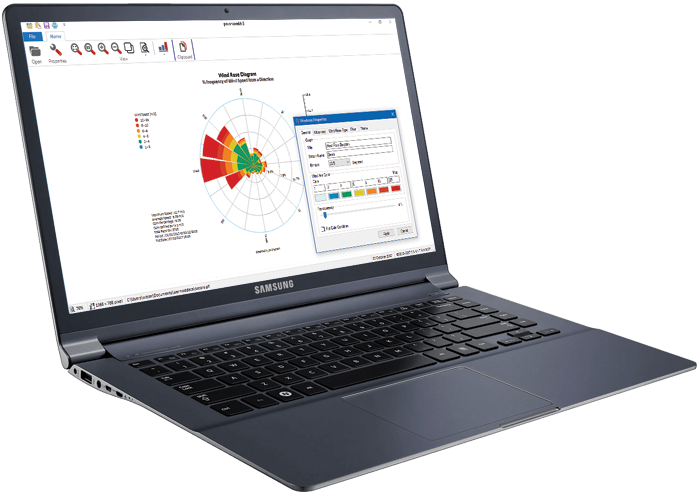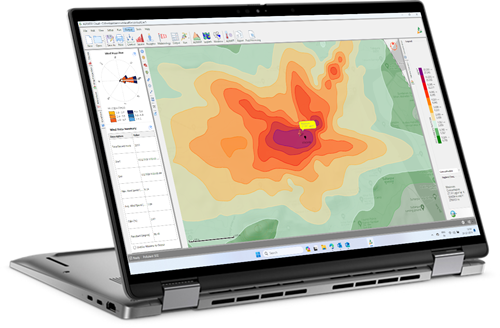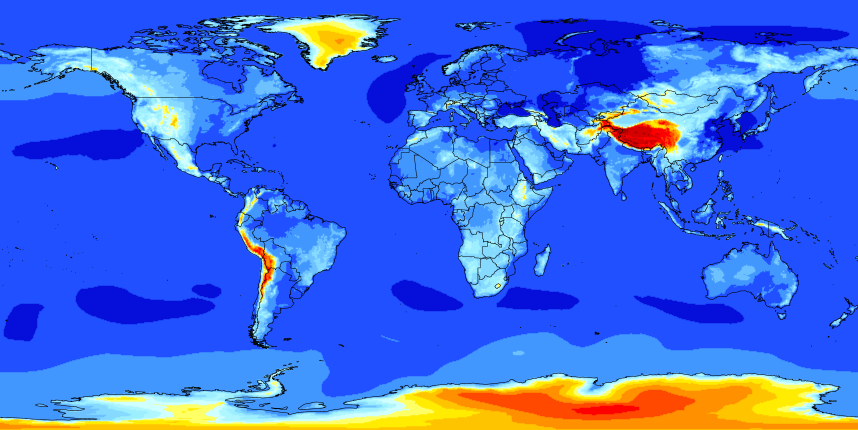As an air quality specialist, I'm often asked about the discrepancy between the isopleth plot and the wind rose plot when interpreting concentration isopleth plots. Some people assume that the isopleth plot represents the same information as the wind rose plot and that the highest concentration of pollutants should occur in the opposite direction of the predominant wind. However, it's important to understand that these two plots represent different variables and should not be expected to match precisely.
The isopleth plot shows the concentration levels of pollutants at various locations, while the wind rose plot displays the frequency and direction of wind. Therefore, while there may be a correlation between the two, they do not necessarily depict the same information.
The wind rose plot displays wind speed and direction with date and time, providing information on wind patterns in a specific location. Whereas, the concentration isopleth plot represents the spatial distribution of pollutant concentrations based on many parameters, including topography, source and receptor location, and several meteorological factors such as temperature, humidity, cloud cover, mixing height, and atmospheric stability etc. Further, topography plays a significant role in the distribution of pollutants, and it is accounted for in the isopleth plot but not in the wind rose plot. The isopleth plot provides a complex representation of how various factors contribute to pollutant dispersion, whereas the wind rose plot is based on just two parameters - wind speed and direction. Therefore, these plots serve different purposes and represent different data.
To explore this concept further, let's take a look at two figures: the wind rose plot and the isopleth plot. Figure (a) shows a wind rose plot that depicts wind patterns over a period of three months, while figure (b) shows an isopleth plot that depicts the maximum 24-hourly averaged concentration of a pollutant. Note that the isopleth data were generated using the same meteorological data used to create the wind rose plot.


So, what's going on here?
It's important to understand that in this case, the wind rose plot represents wind patterns over a three-month period, while the isopleth plot depicts the maximum 24-hourly averaged concentration of the pollutant, which can occur on any given day during the same period.

In conclusion, the isopleth and wind rose plots are useful tools for studying the relationship between wind patterns and pollutant concentrations. However, it's important to remember that they represent different variables and should not be expected to match precisely.
The reference to "model output file" in this article pertains specifically to the output generated by the AERMOD air quality dispersion model.



